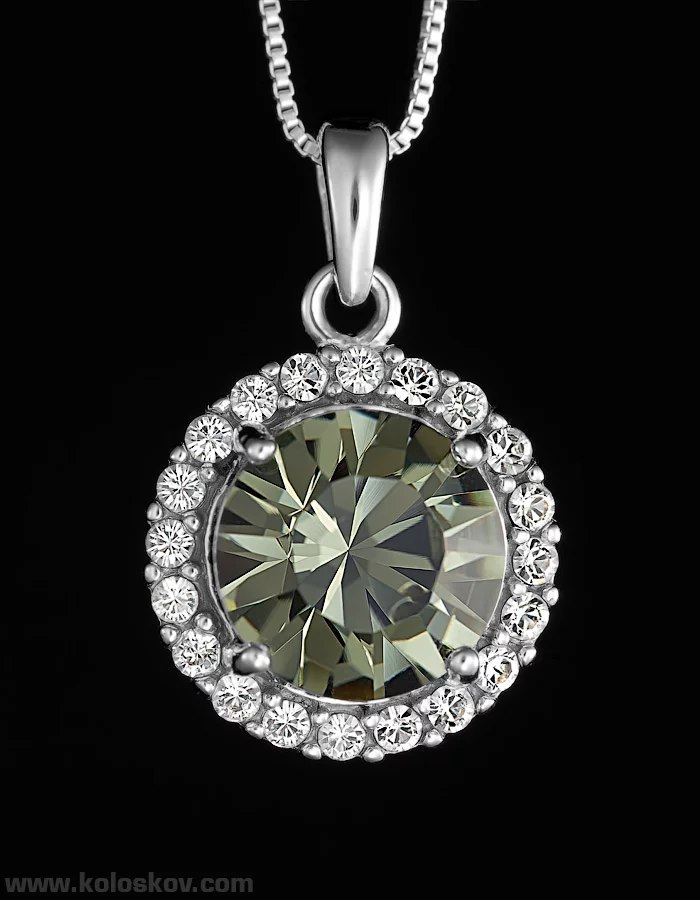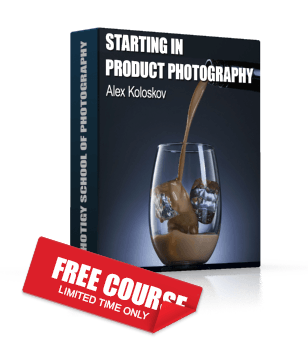Project in development:
Inexpensive way to shoot jewelry LED lighting.
All inclusive week in Cancun resort in Mexico is over, and now it is time to put all gained calories back to work:-) So, next day after arrival I went to a studio and continue to work on our DIY-lighting for jewelry project (e-book).
And to get you in the loop, here what has happened before we went to a vacation: The idea of using fluorescent “ghetto” lighting was abandoned , as it was too complicated to keep light spread in control without any pro equipment like softboxes, etc. Remember the idea of the project we are working on: to develop inexpensive, easy to use lighting setup for jewelry photographers from a beginner to a “pro on a budget”, meaning softboxes are not the option, with its $100 starting price of each.
Therefore, I decided to go with household LED lighting bulbs. They are more expencive ($30-$60 for each) than fluorescent lighting, but much more friendly for a photographer’s use. B y friendly I mean that they produce more directional, easier to modify light.
These are the LED screw-in bulbs I am talking about:
LED fixtures for studio photographer
LED lights for jewelry photography
As you see, I’ve selected different bulbs: single and multiple emitter based. Single emitter bulb gives better control of the light beam, and multiple LEDs in one fixture can work better for faceted gems, acting like a multiple light source and suppose to produce nice sparks, when used without any diffuser. (still have mot confirmed it on a real life example though)
BTW, that little screw-in piece is a dimmer, which cost about $6. All the pieces I bought in Lowes (construction store), refusing eBay. Yes, the similar lamps are selling on eBay for much less (Chinese ones), but I am afraid they may not be consistent in color temperature.
Here is how these LEDs look when turned on:
Obviously, color temperature must be the same on all the lights. I’ve picked 3000K, as there was more different lights available on this color temp, comparing to 5000K. In general, it does not matter what color temp it would be, as soon as it is the same for all lights used in a shot.
Now, why I said LEDs are much easier to work with? let me show you a pattern of the beam these bulbs produce without any light modifier around the bulb:
Very uniform graduated spread, exactly what is needed to create smooth reflections on glossy metal surfaces. Another view of the light pattern on a diffuser (notice a little ring sitting on a stick:-):
Such nice gradient, and it is very easy to manipulate with!
Let me show you how it works in real, based on a jewelry piece (silver bracelet) shot below:
This is as-is, uncleaned image composed with only one light source (single emitter LED light) and one diffuser. Nothing spectacular in the image alone, but if you have worked with silver before you should see what I mean. $36 dollar light, $3 diffuser (I use Savage translucent plastic, can be found in my BHPhotovideo public wishlist) and you got pretty good starting point for a great light setup for jewelry.
The intencity of the gradient is easily regulated by the distance between the light source and the diffuser, there is nothing new in this, right? 😉 BTW, the lighting setup for the bracelet was exactly the same as I’ve showed on the image above it, with exception of the subject was hung and the spot on diffuser was slightly different.
I did not spend more time to get a “hero shot” of the bracelet, but instead I did this Swarovski crystal necklace close-up shot:
For this shot I had 3 LED light sources and another DIY light modifier which cost me $6 🙂 Can’t show you more, as this will go directly to the e-book. But if you know how to read reflections, you can easily guess what light modifier was used here.







